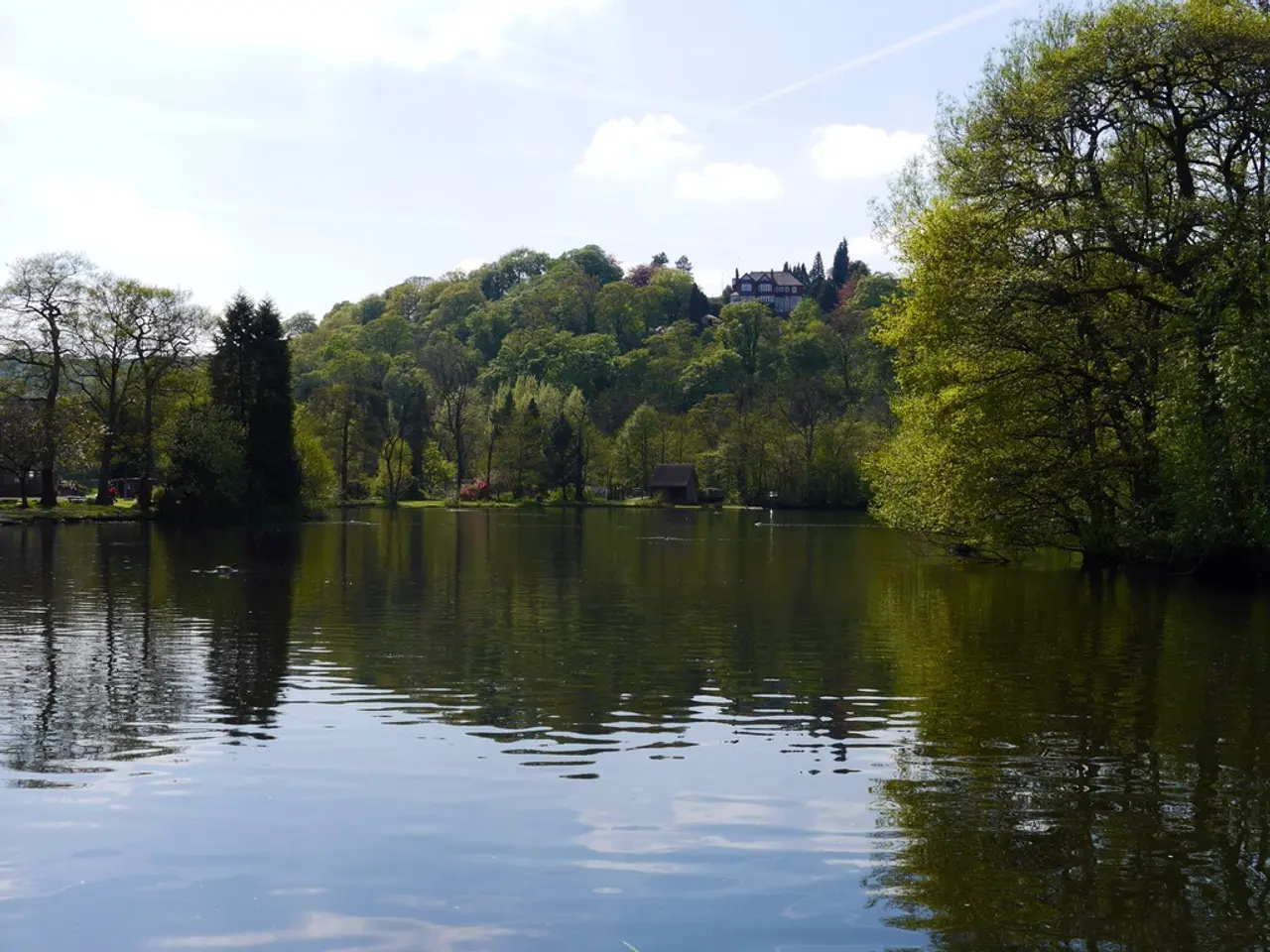Transforming Deserted Lake Texcoco into a Lush Urban Haven: The Ambitious Renovation Project
In the heart of Mexico City, a significant initiative is underway to revitalize a substantial part of the former Lake Texcoco area. The Texcoco Ecological Park (PELT) project, a testament to human ingenuity and our capacity to rectify past mistakes, is spearheaded by Mexican architect Inaki Echeverria [1].
The project, envisioned as a hybrid ecosystem blending artificial and natural elements, aims to create one of the world's largest urban parks, spanning 12,000 hectares of public space [2]. This ambitious plan emerged from the abandoned site of a proposed international airport, which was halted in 2018 due to public outcry and accusations of corruption [3].
The Texcoco Ecological Park project faces challenges, particularly in balancing historical preservation with present needs and addressing the concerns of communities living around Lake Texcoco. Once a crucial part of the Aztec civilization, the lake has been reduced to a shadow of its former self due to centuries of urbanization [4].
However, the project resonates deeply with our desire to reconnect with nature, even in the heart of our bustling cities. The rebirth of Lake Texcoco serves as a beacon of hope, demonstrating that innovative solutions can pave the way for a more sustainable and harmonious future.
The project is designed to generate employment, improve air quality, and sequester carbon emissions. Plans include local community initiatives like native plant nurseries and spirulina algae cultivation, offering job opportunities and supporting traditional practices like salt harvesting for local communities [5].
The restoration of water bodies in the park will help replenish depleted aquifers beneath Mexico City, addressing the issue of sinking land. Over 1.8 million native plants are being cultivated to attract a diverse array of species and restore a vital migratory corridor for birds, insects, and other wildlife [6].
The reintroduction of water is central to the project, with canals being rerouted, seasonal pools created, and the natural flow of nine rivers restored [7]. The Society for Ecological Restoration, Ramsar Convention on Wetlands, and United Nations Environment Programme (UNEP) are involved in the further exploration of the Texcoco Ecological Park project [8].
With a budget of $1 billion, the Texcoco Ecological Park project aims to serve as a blueprint for future urban restoration efforts [9]. As the project progresses, it is expected to foster new sustainable industries for local communities, contributing to a more balanced and harmonious coexistence between nature and urban life.
For the most accurate and up-to-date information on the current status and progress of the Texcoco Ecological Park project, it would be advisable to consult official government sources or recent news reports specific to the project's development.
- In the realm of AI and future science, the Texcoco Ecological Park project could potentially benefit from advanced technologies, such as precision agriculture and predictive environmental modeling, to optimize resource use and aid in the park's conservation efforts.
- As the Texcoco Ecological Park project evolves, it could spur a shift towards sustainable living and environmental-science conscious lifestyle choices, inspiring homeowners to implement eco-friendly landscaping techniques in their own home-and-garden projects.
- The Texcoco Ecological Park initiative, encompassing scientific innovation and climate-change mitigation, showcases the role environmental-science plays in promoting a healthier, greener urban environment that prioritizes sustainable development and preserves our planet for future generations.
- In light of the Texcoco Ecological Park project's ambition to foster a more sustainable future, it would be essential to encourage the public to participate in related activities, such as adopting energy-efficient habits, reducing carbon footprints, and giving support to regional sustainable-living initiatives.




